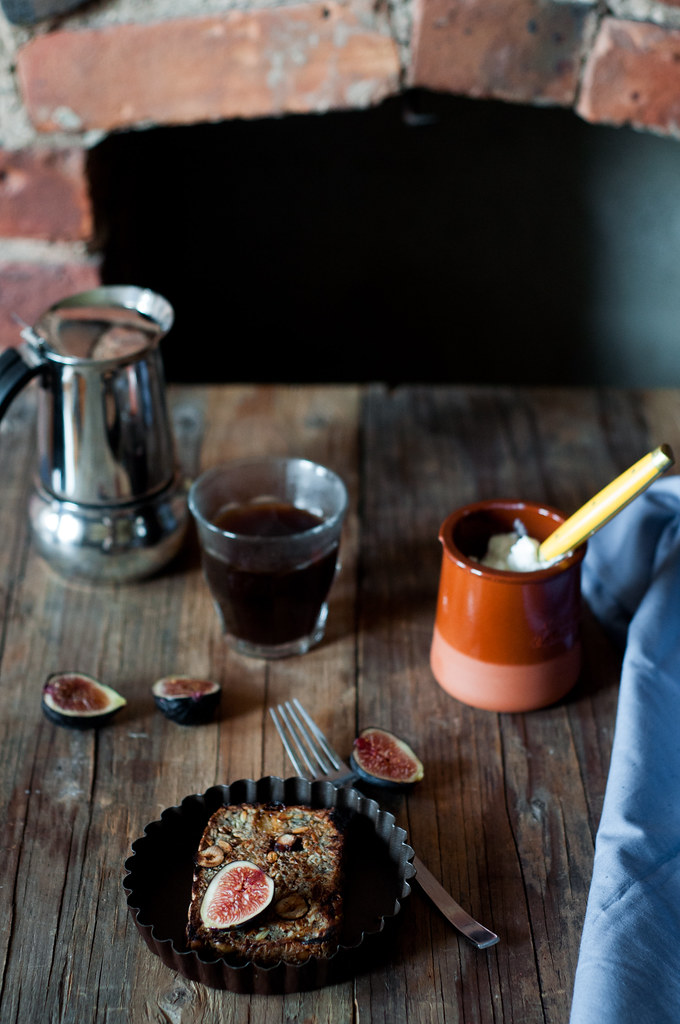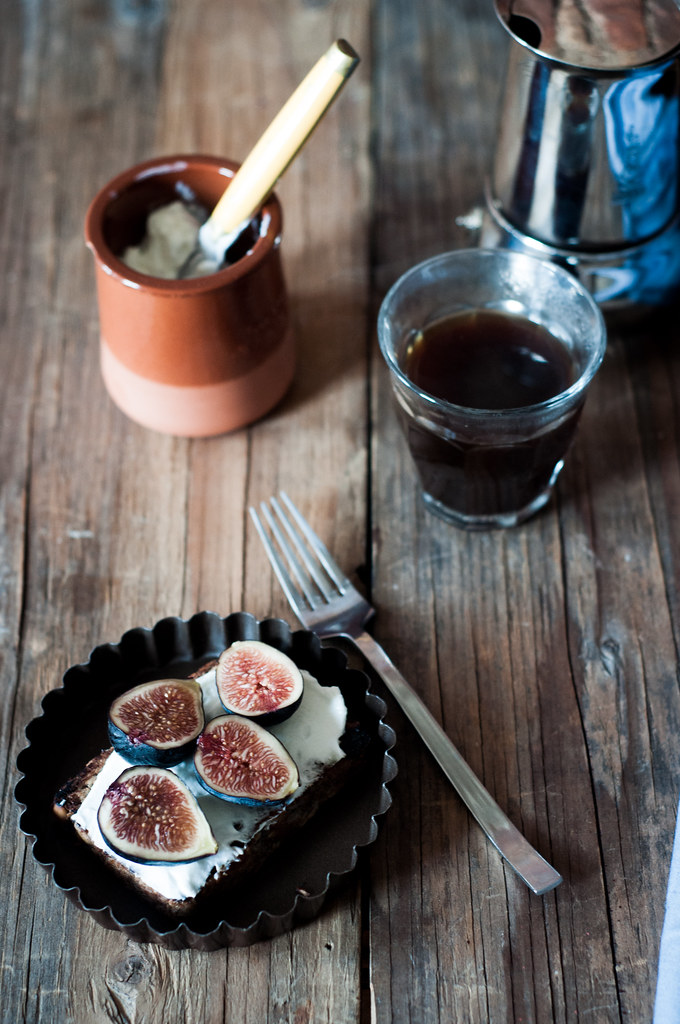Notes:
1. I give a 2:1 ratio of oats to nuts in the recipe. You can tweak it to so far as even 1:1 but any more of the nuts and the bread will not bind. The reason being that the oats dissolve a little in the liquid over the resting period, creating a gel like substance that the psyllium wrenches on to and then spreads its wings to the other nuts and seeds. So, a critical mass of it is needed. I found that for best texture and flavor, 2:1 ratio worked best.
2. The only binding agent in this psyllium husk, which, is honestly very cheap. Even as I say this, I hope it doesn't drive the demand and price for this natural binding agent. It also has the strongest fibrous capacity. That means that ounce for ounce it absorbs more liquid than flax seed or chia seed.
3. You can easily add chia or flax seeds in to the bread. Flax seed is the lowest in absorbent capacity, so, use it more as a flavor rather than binder. If you are using chia seeds, reduce the amount of psyllium by about half the amount of chia seeds/powder added.
4. I use olive oil and water for the liquid. You can use any oil that does not solidify in cold like sunflower oil, peanut oil etc. You can also use milk but water is simplest.
5. My basic recipe uses 1 cup of nuts. That is to say, I use a mixture of nuts and seeds. You can use any mixture that suits your taste. For the sake of price, I tried with all seeds (which are a fraction of any other nuts) but the problem is that you don't get a good satisfying crunch without the large pieces of whole nuts.
6. You can add unto 1/4 cup of dried fruits in the recipe, without changing the liquid content. If you want more, add one tablespoon for every tablespoon of fruit added. I have not tried adding fresh fruit, although I suspect, it should be ok for pretty much the same amount unless they are super liquify like oranges.
7. This bread does not rise, of course. But, just like a regular yeast loaf, it needs proofing, as a overnight stint in the refrigerator and resting/cooling after baking of atleast an hour. Do not try to short circuit this. You'll end up with a mushy center if you skip either of the steps that is not quite pleasant to see or eat, trust me...
8. Another important do-not-skip step is to line your pan with parchment paper all over. This seriously makes the bread come our smooth as a sheet.
9. a good thing about this bread is it you really cannot over bake it. So it go a few minutes more in the oven, it is ok, it will not dry out on you.
10. And, although I have never been afforded the chance to test this, it should have an incredibly long shelf life because it has few things that spoil easily and has a high fat content.
11. The basic recipe uses no other flavoring but you can add vanilla or zests to up the ante.
12. This bread is best eaten toasted when the nuts in the center get a chance to get even nuttier.
That's it from my end. I hope you give it a shot. I think you will love it.
















